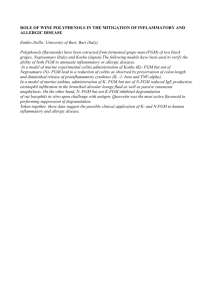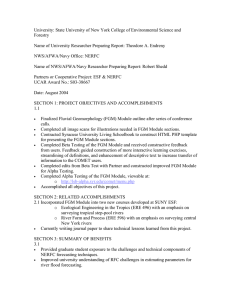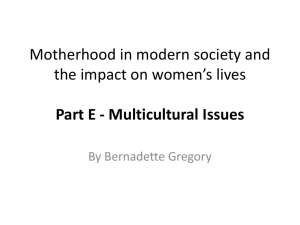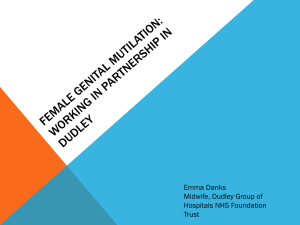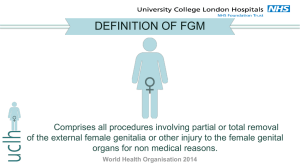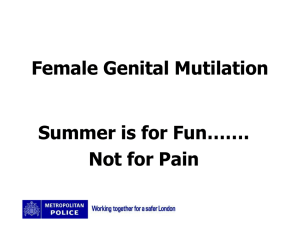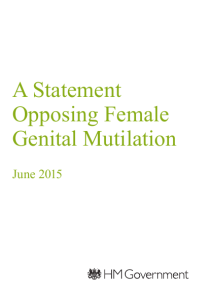Caroline Chappell FGM Presentation
advertisement
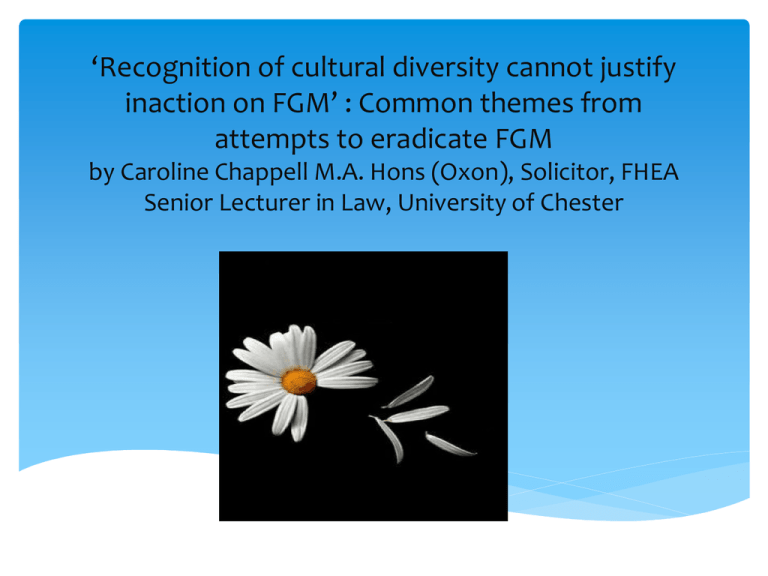
‘Recognition of cultural diversity cannot justify inaction on FGM’ : Common themes from attempts to eradicate FGM by Caroline Chappell M.A. Hons (Oxon), Solicitor, FHEA Senior Lecturer in Law, University of Chester The 1920s – attempts to restrict/ eradicate FGM Pedersen (1991) 1926 - Governors in colonial Kenya issue guidelines 1929 – Protestant Christian Missionaries refuse communion Unrest ensues amongst the Kikuyu FGM used by tribal political groupings to gain support Kikuyu Central Association (KCA) The Duchess of Atholl and Eleanor Rathbone – Female pioneers Duchess of Atholl Eleanor Rathbone Why did attempts to eradicate fail? Ingrained tradition A lack of will on the part of the Government and Colonial Administration The social mores of the time A failure to understand both what FGM was (termed ‘female circumcision’ then) and its implications for women at a macro-ethical level Themes arising from student answers to FGM question Cultural diversity ‘By far the most important factor is excessive cultural sensitivity : quite simply there is a reluctance to combat the practice of FGM for fear of appearing reactionary or prejudiced.’ Bindel (2014) Autonomy and the failure to grasp the macro-ethical and societal principles Double standards – cosmetic surgery Conclusions Issues surrounding cultural sensitivity should not be allowed to impede the fight against FGM There must be resistance to any suggestion that there exists a compromise position in the context of the four recognised types of FGM The fight to eradicate FGM must confront prudish sensibilities and articulate and publicise both the nature of FGM and the harm it causes. There is no one solution. A multi-track and multidisciplinary approach is needed
